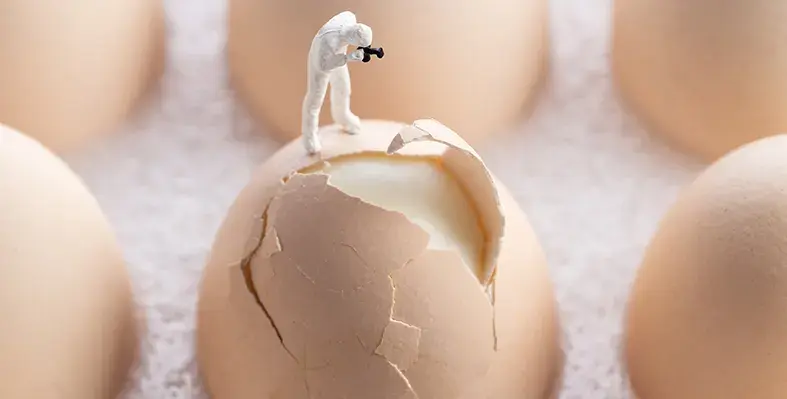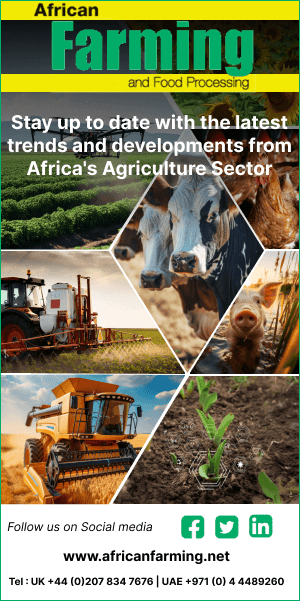The global poultry keeping machinery market is forecast to grow steadily, with projections indicating a rise from US$5.6bn in 2025 to US& 8.1bn by 2035.
This expansion, supported by a 3.8% CAGR, is being driven by rising demand for poultry products worldwide, growing adoption of automation, and a strong focus on sustainable and efficient farm management.
The poultry sector is evolving fast, with technology playing a pivotal role in modernising how farms operate. Automation is becoming the standard across poultry operations, making labour-intensive tasks like feeding, watering, egg collection, and waste disposal more streamlined. Integration of IoT and AI tools is allowing farmers to monitor bird health, feed levels, and environmental conditions in real time.
According to a leading industry analyst, “The poultry sector is undergoing a profound transformation, moving rapidly towards sophisticated automation to enhance efficiency, ensure biosecurity, and meet the soaring global demand for protein. This growth is not just about quantity; it’s about quality, sustainability, and intelligent farm management.”
This market growth is further supported by increasing poultry consumption, particularly in urban areas where protein-rich diets are in higher demand. Governments are also backing the shift towards more secure and modern farming practices, offering support for the adoption of biosecure housing and automated disinfection systems.
Sustainability is another key area shaping the market. With climate pressures and environmental regulations on the rise, poultry farms are turning to energy-efficient technologies such as solar-powered systems, intelligent ventilation, and waste-to-energy innovations to reduce their environmental footprint.
Feeding and climate control technologies are emerging as the most significant segments within the poultry machinery market. Automated feeding systems help deliver balanced nutrition while cutting down on manual labour and feed waste. With fluctuating feed prices, these systems are crucial for improving feed conversion ratios and optimising bird growth. Climate control systems, meanwhile, ensure healthy farm conditions by regulating temperature, humidity, and airflow, helping to prevent heat stress and disease outbreaks.
The largest demand continues to come from poultry farms and processing factories. Modern farms are investing in smarter, tech-driven solutions to improve productivity and animal welfare, while large factories are implementing fully automated lines to handle growing demand for processed poultry products.
Regional trends show the Asia-Pacific market leading growth, with countries like China, India, and those in Southeast Asia heavily investing in farm upgrades. North America maintains a strong market share due to industrial-scale production and smart farm adoption, while Europe’s growth is being driven by strict animal welfare laws and sustainable farming initiatives.
While high initial investment costs and biosecurity threats remain challenges, the opportunities far outweigh the risks. Smart automation, renewable energy integration, and AI-powered analytics are reshaping the future of poultry farming, ensuring it becomes more productive, secure, and environmentally responsible.





